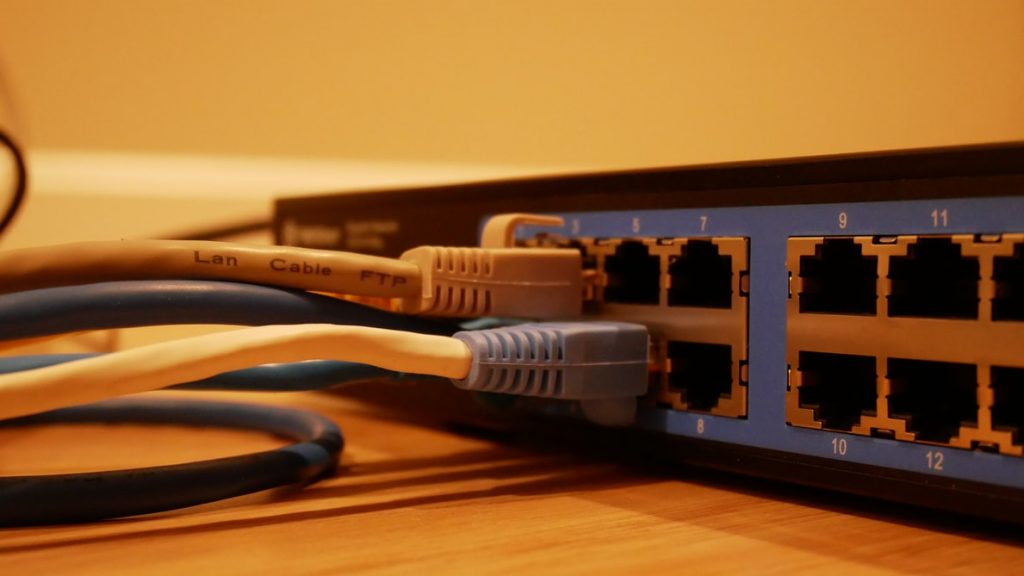Even data protection gets stronger, there is still information security major risks your business must battle. Read on how to prevent those.
In 2014, data breaches made big news. For instance, an attack on the financial institution JPMorgan Chase compromised over 76 million individuals and seven million small businesses. Moreover, a cyberattack on eBay compromised approximately 145 million customers’ details.
Those are just two major cyber attacks. There’s still more. Yet, one thing is for sure – no business is safe against security breaches. That’s why security professionals never fail to remind all people to protect their sensitive data at all costs.
However, many businesses are still unprepared for information security major risks. Read on to see those risks. Furthermore, you’ll read practical tips on how to prevent them.
Unpatched or Unpatchable Devices
Some examples of these network devices are routers and printers. Yet, there is still no patch available for such devices. Moreover, these devices are not designed to be updated. This presents a risk to your data. That is because hackers will just easily gain access to your data.
Furthermore, Microsoft announced in 2015 that they will no longer provide support for Windows Server 2003. Hence, experts see that hackers will target these outdated servers. That is because there are still over 10 million physical Windows 2003 servers in use.
Having a patch management program is a smart move. The program ensures that all software and devices are always updated. Moreover, it scans your network to see what is and what isn’t updated. Additionally, create a policy where everyone agrees that an outdated device is taken offline. That is when the equipment is not patched within a certain period of time.
Meanwhile, map out a mitigation strategy for your Windows Server 2003. If you can’t do it all in-house, hire a professional to assist you. That way, you’ll avoid potential information security major risks.
Third-Party Service Providers
We mentioned in the previous step that hiring a professional is a great idea. Companies hire third-party vendors to help them maintain systems. For instance, restaurant franchisees often hire a third-party service provider to manage their point-of-sale systems.
However, many third-party providers don’t always follow best security practices. For instance, they use the same default password. That password is to remotely connect to all of their clients. That is a risk because once a hacker cracks that password, the hacker will have immediate access to all of those clients’ networks.
In fact, the primary reason behind huge data breaches is because of contractors. Those contractors’ logins were stolen. Indeed, most contractors don’t have bad intentions towards your business. However, they could potentially leave you open to information security major risks.
Hence, you must scrutinize third-party service providers before hiring them. Check if the provider follows remote access best practices. Some of these practices are:
- Enforcing multi-factor authentication
- Have unique details for each user
- Setting least-privilege permissions
- Capturing a comprehensive audit trail of all remote access activity
Furthermore, remove all access as soon as the provider doesn’t need it. You also need to monitor failed login attempts. Use a tool that will immediately alert you in case of an attack.

